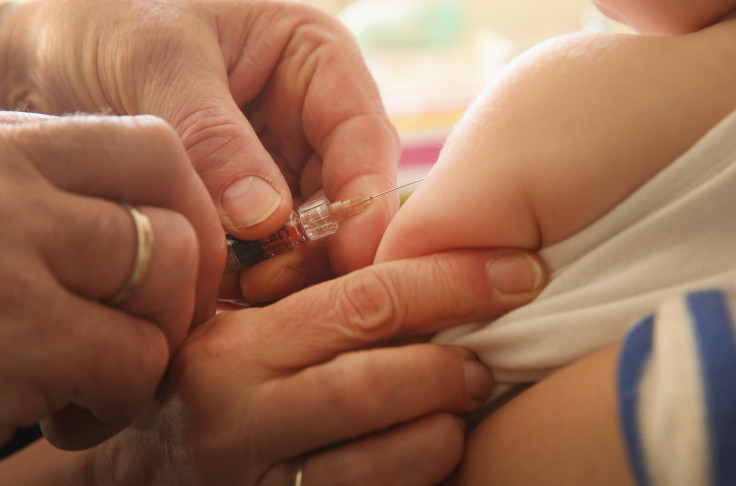Measles Case Identified In Seattle; Authorities Warn Of Possible Public Exposure Sites
KEY POINTS
- The vaccination status of the patient is unclear
- A school and some stores are among the potential exposure sites
- Those exposed should monitor themselves for symptoms
King County authorities have confirmed a measles case in a child and shared the possible sites where other people may have been exposed to the virus.
It's unclear whether the child was vaccinated against measles, Public Health – Seattle & King County noted in an announcement on May 20.
Generally, measles cases in the U.S. come from unvaccinated international travelers, according to the U.S. Centers for Disease Control and Prevention (CDC). However, the child reportedly did not travel internationally, and the exact source of the infection remains "unknown."
Authorities did not divulge further information about the young patient but revealed the potential places where other people may have been exposed, including specific times at Aki Kurose Middle School 3928 S Graham Street, Seattle on May 11 and 12, Pike Place Market 85 Pike Street and World Market 2103 Western Ave. on May 13 and HopeCentral Pediatrics & Behavioral Health 3826 S Othello Street on May 15.
The specific times of the possible exposure, which are available on the Public Health – Seattle & King County announcement, are important to take note of. This is because the measles virus can live in the air for up to two hours even after the infected person leaves the area.
"Measles is so contagious that if one person has it, up to 90% of the people close to that person who are not immune will also become infected," the CDC noted.
We are investigating a confirmed measles case in a King County child with potential public exposures.
— Public Health - Seattle & King County (@KCPubHealth) May 20, 2023
People who were at these locations may have been exposed. People who are vaccinated are very well protected. List of exposures here: https://t.co/OI0oM6ueXE
So far, the risk to the general public is "low" because "most people" in the area are immune to measles from vaccination, authorities said. However, they are still urging those who may have been exposed at the mentioned sites to take precautionary measures.
These include confirming whether they have had the vaccine and monitoring themselves for symptoms. If they experience symptoms like fever and "unexpected" rash, for instance, they should first call the health facility to inform them of the situation to avoid spreading measles further.
"If you were at the locations at the times listed above and are not immune to measles, the most likely time you would become sick would be between 5/18/2023 – 6/5/2023," the health agency noted. "If you are in one of ... high-risk groups and were exposed to measles at one of these locations, be sure to contact your health care provider to discuss the need for treatment to prevent measles infection."
Groups at high risk for measles complications include young children below 5 years old, pregnant individuals and those with weakened immune systems. But even people considered "healthy" may also experience complications, the agency clarified.
Although there are rare instances wherein some fully vaccinated people still get measles after exposure, their illnesses tend to be milder, and they're less likely to spread it, according to the CDC.
As of April 28, the U.S. has logged 10 measles cases from eight jurisdictions in 2023, according to CDC data. There were 121 measles cases in 2022, 49 cases in 2021 and 13 cases in 2020. These years saw much lower numbers than 2019, which logged 1,274 cases — said to be the "greatest number" of cases in the U.S. since 1992.
As for King County, this current case is not its first for 2023. Earlier in the year, it also investigated a confirmed measles case in an unvaccinated King County woman, with exposures at the Seattle-Tacoma International Airport and a hospital.
"The best protection against measles is to get vaccinated," Elysia Gonzales, medical epidemiologist at Public Health – Seattle & King County, said in the announcement. "Two doses of measles, mumps and rubella (MMR) vaccine provides about 97% protection against getting infected by measles and that protection lasts a lifetime."

© Copyright IBTimes 2025. All rights reserved.






















